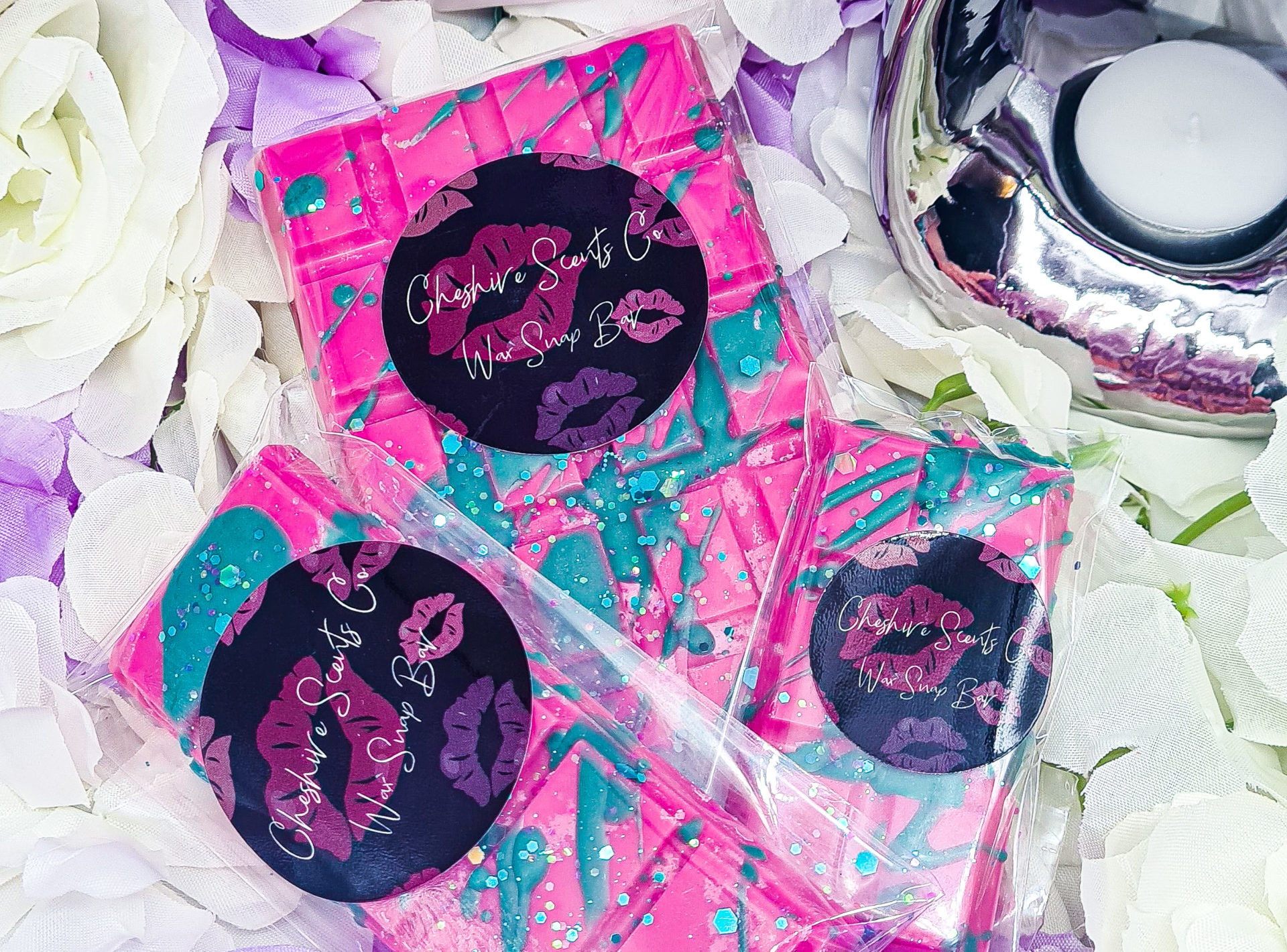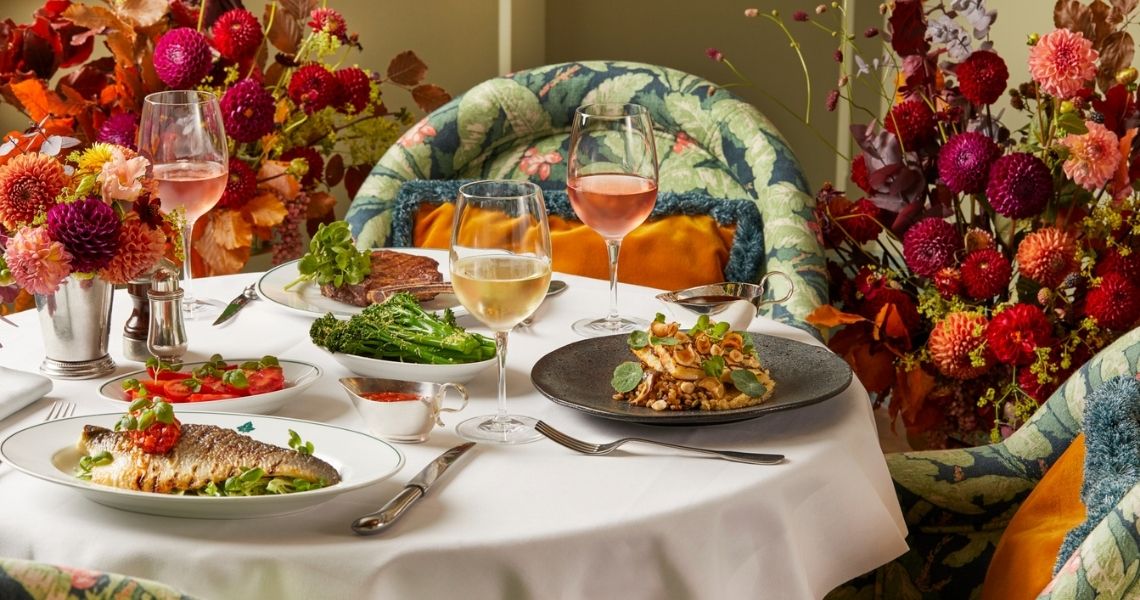Selecting the perfect saddle pad is essential for your horse’s comfort and performance. Discover key tips on choosing the right shape, material, and fit, with expert guidance from LeMieux’s premium collection.
Choosing the right saddle pad isn’t just about aesthetics — it’s a vital component of your tack that impacts your horse’s comfort, performance, and overall wellbeing. Whether you’re preparing for dressage, cross-country, or a casual hack, the right saddle pad can improve saddle fit, reduce pressure points, and enhance your riding experience.
In this guide, we’ll walk through the most important factors to consider when selecting a saddle pad, including shape, material, fit, and rider discipline. With expert insight and quality options such as those found in the LeMieux collection, you’ll be better equipped to make a choice that suits both you and your horse.
Understanding Saddle Pad Shapes: GP, Dressage, and CC
Saddle pads are not one-size-fits-all. They come in a variety of shapes tailored to the specific contours and requirements of different saddles:
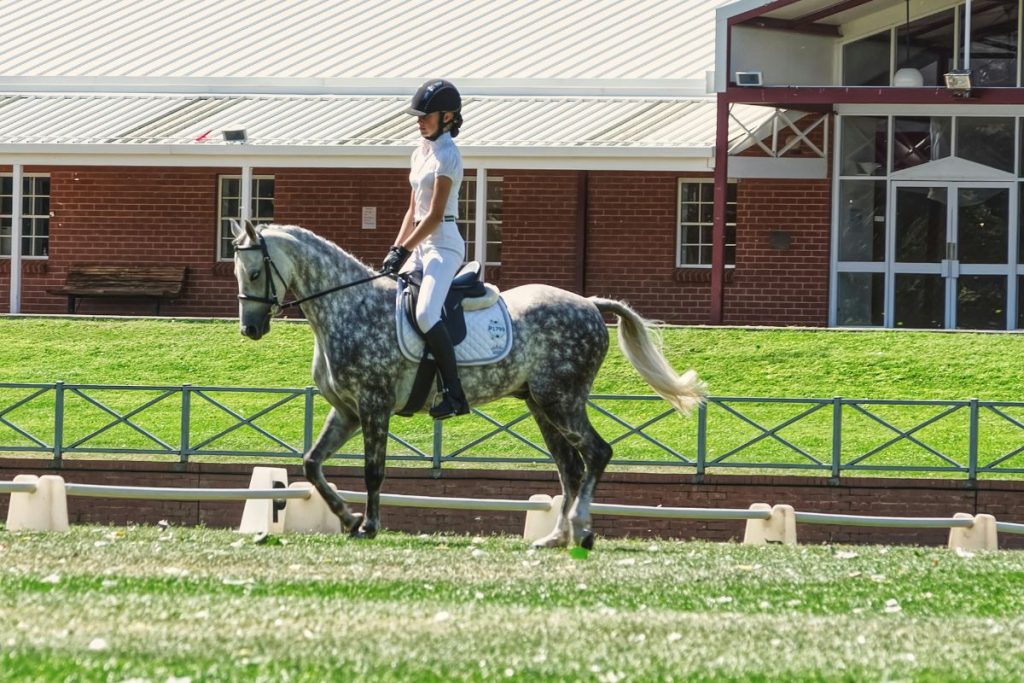
- General Purpose (GP): Ideal for riders who dabble in a bit of everything, GP pads are designed to accommodate standard GP saddles, which are commonly used for hacking, schooling, and light jumping. If your riding is multi-disciplinary, this is a good all-rounder option.
- Dressage Pads: These are longer in length to fit the straight-cut shape of a dressage saddle. The cut allows for maximum leg contact and freedom of movement, essential for dressage riders seeking that perfect connection with their horse.
- Close Contact (CC) Pads: Specifically made for jumping saddles, CC pads are cut forward to fit shorter flaps and allow close leg positioning — crucial when taking on fences. They’re favoured by eventers and show jumpers.
The shape of your saddle pad must complement the design of your saddle to avoid bunching or rubbing, which can lead to discomfort or even injury for your horse.
Fit Matters: How a Pad Should Sit Under the Saddle
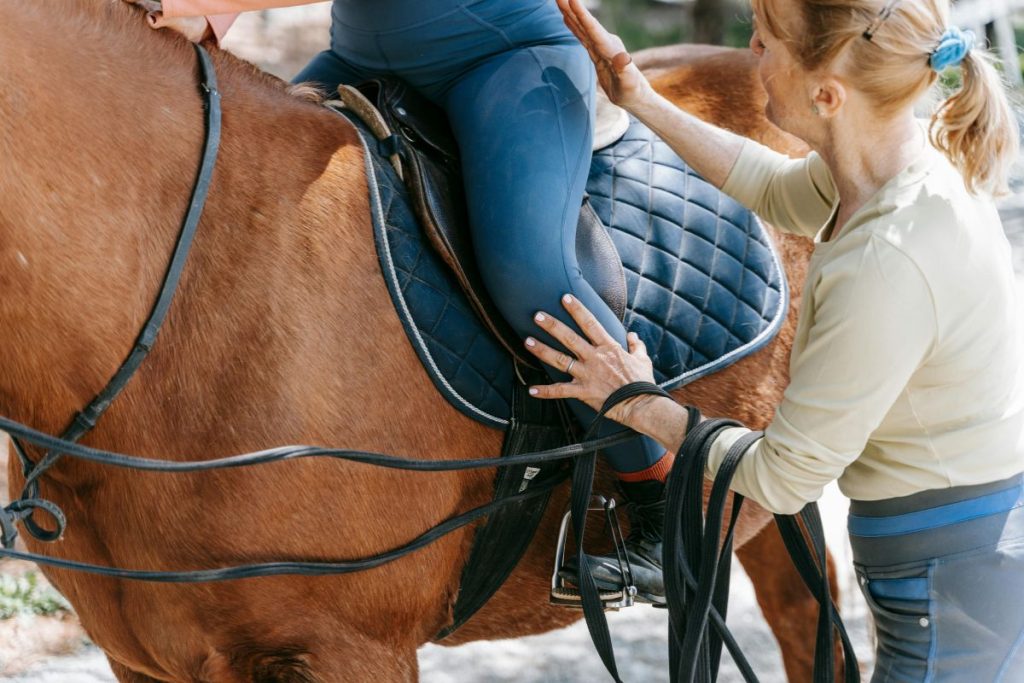
Proper fit is just as important in saddle pads as it is in saddles. A poorly fitting pad can cause pressure points, impede movement, and even exacerbate existing tack issues. A few key guidelines:
- Wither Clearance: Ensure the pad offers ample clearance at the withers. This is especially important for horses with prominent withers, where a contoured or high-wither design can relieve pressure and prevent soreness.
- Length and Width: The pad should cover the area beneath the saddle without extending too far back or over the shoulders. Excess fabric can cause rubbing and interfere with the horse’s movement.
- Spine Channel: Many modern saddle pads, such as those from LeMieux, feature a central spine-free channel. This reduces pressure along the horse’s spine and allows for greater ventilation.
For optimal fit, place the pad slightly forward on the withers, then slide it backward into place before settling the saddle. This ensures that hair lies flat and reduces the chance of pinching.
Material Choices: Performance Meets Comfort
Material selection can make a significant difference in how your horse feels during and after a ride. The three most common types are:
- Cotton: A traditional favourite, cotton is breathable, absorbent, and gentle on the skin. Many pads now come with cotton on the underside and technical fabrics on the top for added durability and style.
- Bamboo or Bamboo-Blend Linings: These are naturally anti-bacterial and moisture-wicking, keeping your horse dry and comfortable during intense schooling or warm weather.
- Memory Foam and Gel Inserts: Some pads include shock-absorbing layers that conform to your horse’s shape, ideal for sensitive horses or those needing additional back support.
Whatever your choice, look for pads with moisture-wicking properties to keep sweat away from the skin. Ventilation is also key, particularly for horses working in hotter climates or undergoing intense training.
Discipline-Specific Considerations
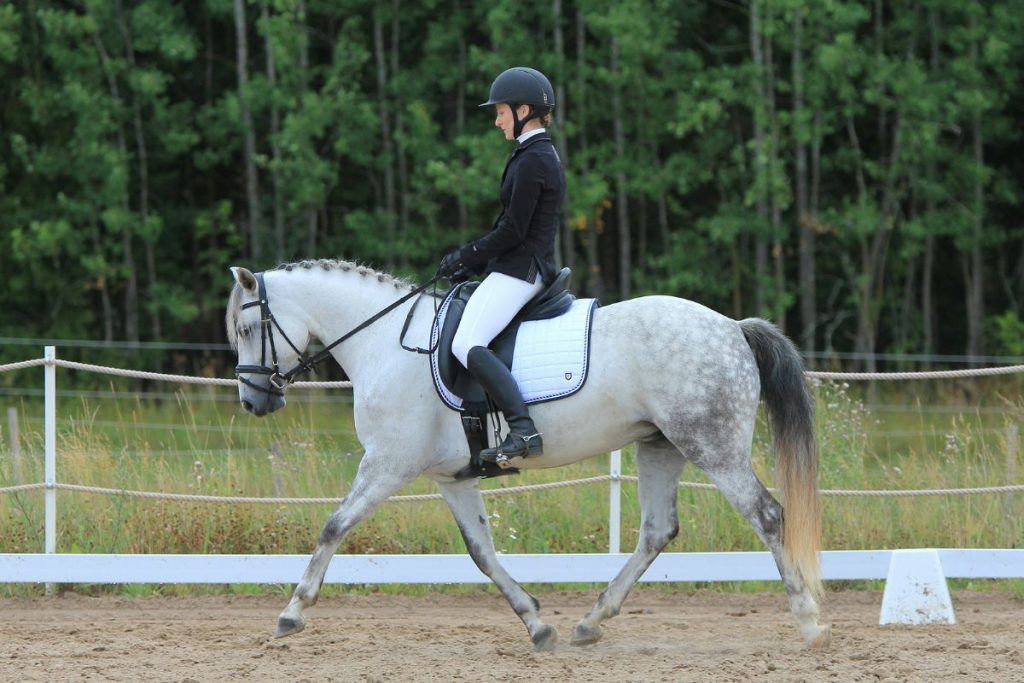
Different equestrian disciplines have unique demands, and your saddle pad should reflect that:
- Dressage: Opt for a pad that allows for free shoulder movement, with a non-slip underside to maintain stability through extended paces and collected movements.
- Show Jumping: Look for lightweight, contoured pads with high-grip linings that keep the saddle in place over fences.
- Cross-Country: Consider a pad with added durability, perhaps even water-resistant features, to handle variable terrain and weather conditions.
- Everyday Schooling: For daily use, a general-purpose pad with breathable, easy-to-clean fabric will meet most needs while still providing comfort.
Style and Practical Features
Beyond function, style is a key consideration for many riders. Today’s saddle pads come in an array of colours, trims, and patterns that can be coordinated with your horse’s boots, rider gear, and even plaiting bands.
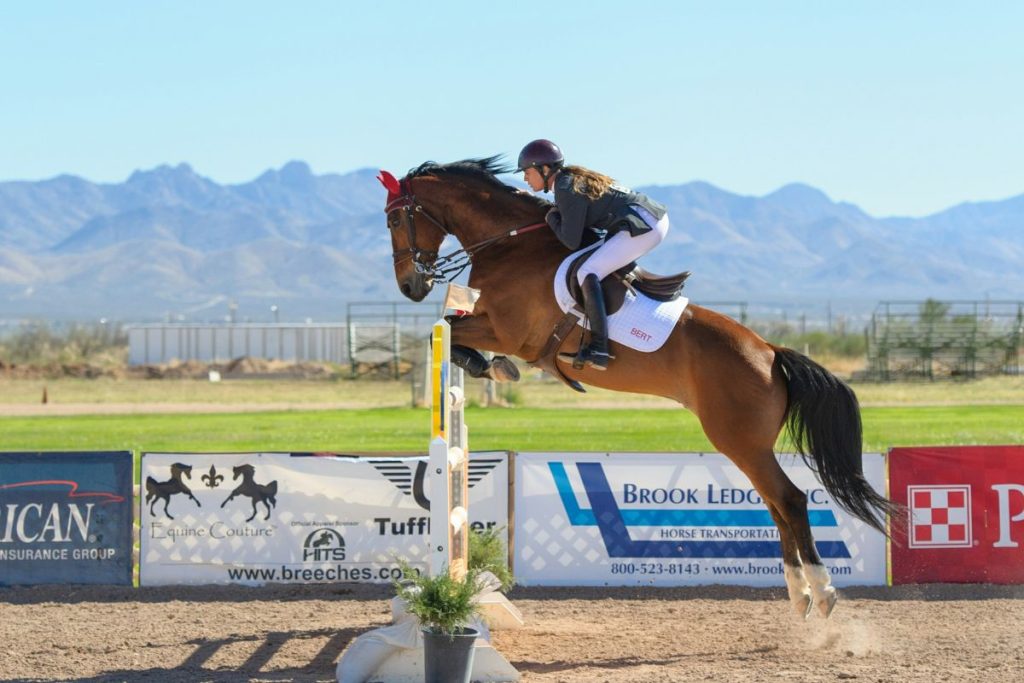
Additionally, look for practical extras:
- D-ring fastenings over traditional girth loops for a neater fit.
- Velcro straps to secure the pad in place without slipping.
- Antimicrobial finishes to keep pads fresh between washes.
The LeMieux range, for example, is widely praised not only for its ergonomic designs but also for its wide palette of seasonal colours — allowing riders to express their style without compromising on function.
Caring for Your Saddle Pad
To extend the life of your saddle pad, regular care is essential:
- Always shake out or brush off loose hair and dirt after each ride.
- Wash on a gentle cycle using mild detergent and avoid fabric softeners, which can affect moisture-wicking properties.
- Air dry your pad flat to prevent shrinking or warping.
Keeping your pads clean and in good condition is not just about presentation — it ensures your horse remains comfortable and that saddle fit is not affected by compressed or uneven padding.
Small Change, Big Difference: Why the Right Saddle Pad Matters for You and Your Horse
Investing in the right saddle pad may seem like a small decision, but it can have a significant impact on your horse’s comfort, your performance, and even the longevity of your saddle. By considering shape, material, fit, and discipline-specific needs, you’ll ensure a better experience for both you and your horse.
For riders seeking expertly designed saddle pads that combine style, innovation, and comfort, the LeMieux collection at Ayr Equestrian offers a trusted selection that supports both horse and rider through every ride.
Images courtesy of unsplash.com and pexels.com









